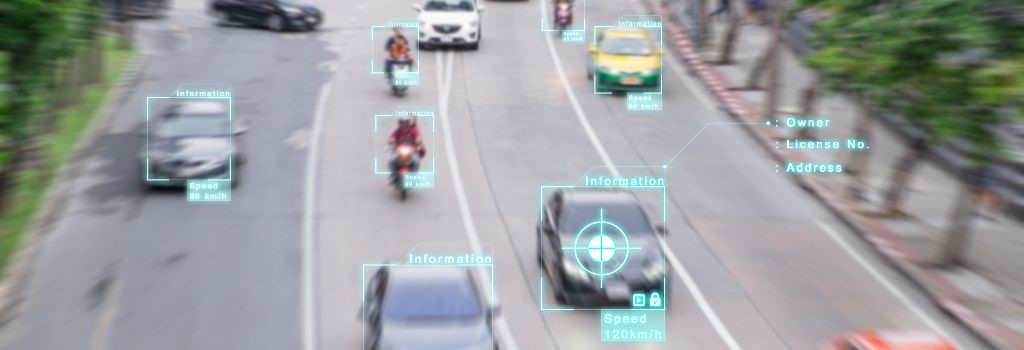As artificial intelligence continues to advance, combining visual data analysis with natural language processing has become a transformative innovation for enterprises. One solution in this domain is image-to-text generative AI technology, which combines advanced object detectors with extensive training on visual and language datasets. This technology combines advanced object detectors with extensive training on visual and language datasets, allowing the model to break down images and video frames into individual components such as objects, people, and locations. By generating detailed descriptions that can be queried using natural language prompts or automatically through an API, this sophisticated interaction between image analysis and language understanding sets this technology apart in the realm of computer vision.
Applications Across Industries
Image-to-text generative AI technology's capabilities are transforming multiple applications. Here are some examples:
● Wildfire Detection:
Deployed on ground station video streams, this technology provides unprecedented accuracy in detecting wildfires. The model identifies the precise location of smoke within a camera frame and assigns a confidence value to the detection. It can distinguish between smoke, haze, fog, and other related phenomena, minimizing false positives and ensuring that every possible detection is evaluated thoroughly. This application is crucial for early wildfire detection and response, potentially saving lives and reducing property damage.
● Factory Environment, Health, and Safety (EHS):
In industrial settings, maintaining high standards of safety is paramount. This AI technology can be used to monitor factory environments, detecting potential hazards and ensuring compliance with safety regulations. By analyzing video feeds in real-time, the model can identify unsafe conditions, track the presence of safety gear, and alert management to any anomalies. This proactive approach to safety management helps prevent accidents and ensures a secure working environment.
Advanced AI Vision with Edge
Image-to-text generative AI technology harnesses the power of both edge and cloud AI to deliver detailed insights into visual data with remarkable accuracy. The integration of an ensemble of large language models (LLMs) and computer vision AI models enables the recognition of millions of visual elements. This extensive capability allows enterprises to build sophisticated computer vision models using simple text prompts, revolutionizing how visual data is interpreted and utilized.
Enterprises can also provide cameras with AI vision for deep understanding and decision-making capabilities. Powered by Edge AI Server, such as ECA-6051, this technology automates the creation of multi-modal vision transformers using LLMs and creates related prompts in real-time, facilitating real-time predictions.
By starting with insights and continuously learning to improve, image-to-text generative AI technology augments traditional analytics, enhancing its effectiveness. Utilizing LLMs for alert heatmapping and other safety measures on the assembly or production floor, as well as in warehouses and storerooms, ensures that safety protocols are maintained and potential hazards are promptly addressed.
The Future of Visual Data Interpretation
The ability of machines to understand visual data through language prompts marks a significant advancement in computer vision technology. By breaking down images and videos into detailed descriptions, image-to-text generative AI provides enterprises with powerful tools for extracting insights from visual data, enhancing decision-making, and disseminating critical information.
Positioned at the intersection of computer vision and natural language processing, this technology transforms how enterprises interpret and use visual data, safeguarding information and ensuring business continuity. As AI continues to evolve, integrating vision with language understanding will shape the future of enterprise operations, driving operational efficiency and innovation for a smarter, more responsive future.







